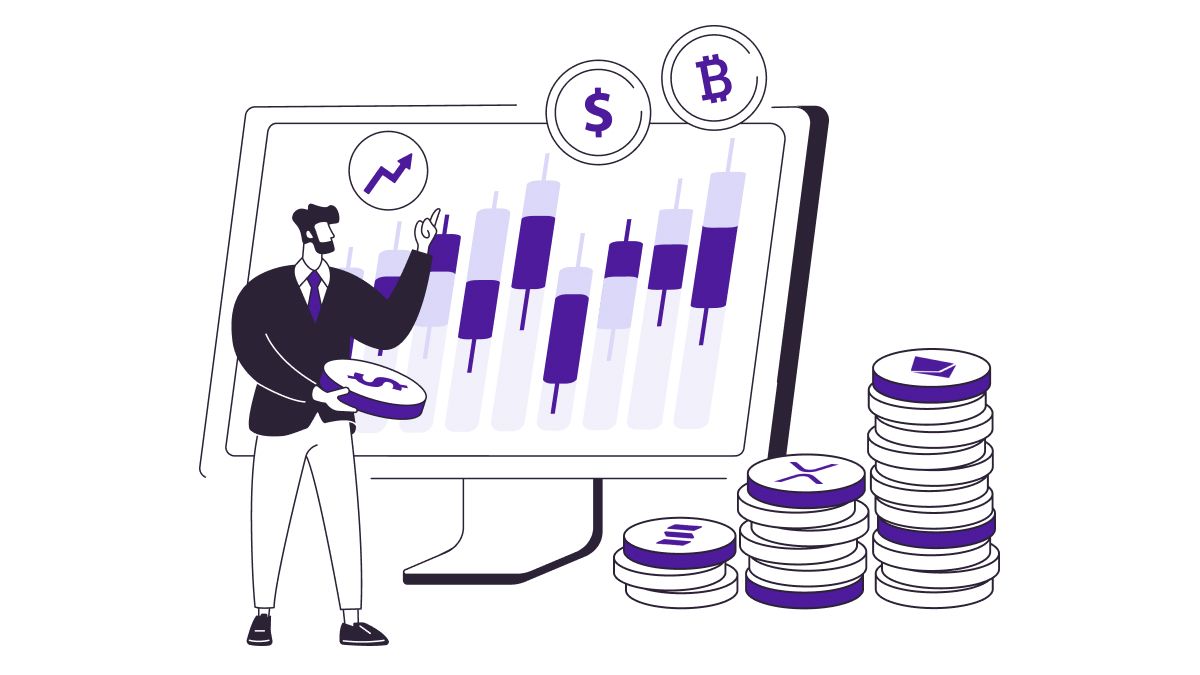Margin Trading
3:20 Min Read
Digital assets, such as Bitcoin and Ethereum, have seen exponential growth in recent years. This has led to unprecedented financial returns for early adopters. Many members of the cryptocurrency community would like to benefit from these financial gains without having to purchase digital assets directly and those users want extra buying power without owning currency themselves.
Margin trading may be the secret sauce to making you a lot of money in the digital assets market. Some people (like those brainiacs on Wall Street) are already doing it, but many of you aren't taking advantage of this incredible opportunity. I hope this blog post reveals some light — specifically on how margin trading with digital assets can be used to improve your bottom line.
For many investors, margin trading is a smart way to invest. When you have an account that allows you to use margin, you can open positions and borrow money from your brokerage firm to cover the balance of that position. If the borrowed money exceeds 50% of the balance in your account, which is called the initial margin amount, then you have to maintain a maintenance margin. If your equity drops below the maintenance margin requirement, then your broker sends you a margin call and requires that you top up your account or close open positions to reduce overall exposure to risk.
For example, if a trader takes $25 and leverages 4:1 to borrow $75, they can buy $100 worth of Bitcoin. The only stipulation is that the trader has to pay back $75 plus fees no matter what happens. In order for the trading platform to get the loaned amount back, there will be forced liquidation for the margin trade if the market moves drastically against the trader’s account with the positions hitting a price determined by the trading platform known as the liquidation price.
Let’s be clear. Margin trading can be risky. In margin trading, traders can lose a significant amount up to the amount of collateral they put up when opening the position. This amount is based upon the liquidation price. Therefore, it is vital for traders of any level to understand how their platform calculates margin levels and set appropriate stops so they don’t get caught out or become overleveraged.
One benefit of margin trading is that traders can use it to maintain a smaller balance sheet on a trading platform at a time. In the constant tug of war between protecting the bulk of your funds in an offline wallet, or keeping them on the trading platform to trade on margin, one might consider using margin trading as a way for both options to be considered. Of course, cost and utilization of capital is a key consideration for any margin trader.
In short, the whole market is becoming riskier. The bad players are taking more risks and it affects the good players. The thing to take away is that if you are going to margin trade, the risk is inherent in the nature of this practice. Don’t try to beat the market, do what you can with what you have and be happy with it. If a trader tries to play professional-level poker with six dollars in their bankroll, they will lose 99% of the time--regardless of whether the cards are in their favor or not.
The bottom line is that margin trading with digital assets can be used to increase your profits and make money quickly, but it can also significantly increase the amount of risk that you take on. However, if done properly, there are a lot of potential rewards to be gained from margin trading with digital assets.
















